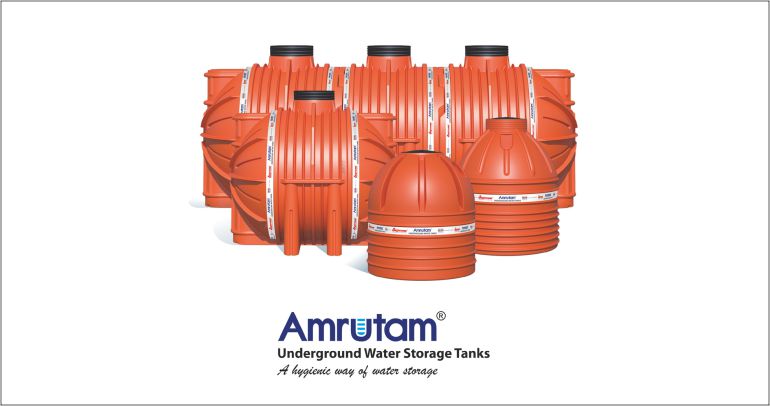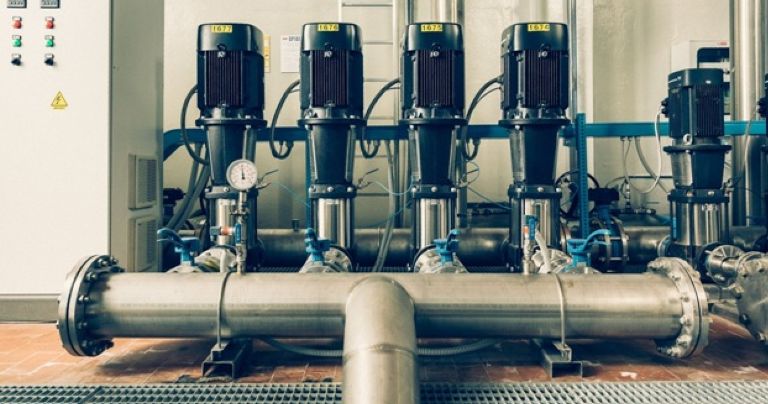Measuring chemical oxygen demand in wastewater treatment plants
By Edit Team | December 18, 2014 5:52 am SHARE

It is important for wastewater treatment plants to adequately monitor the levels of organic and inorganic matter in their treatment process. The pollutant potential of a company’s wastewater can be determined by measuring the concentration of organic matter present. Two tests are commonly used for this analysis: biochemical oxygen demand (BOD) and chemical oxygen demand (COD). COD is one of the most common tests in wastewater treatment plants; it can be performed in the facility and is a relatively fast analysis. Being able to obtain results in a timely fashion becomes important in industrial areas. Different industries release different inorganics to the waste stream; this directly impacts the effectiveness of a waste water treatment plant. Measuring COD allows for wastewater facilities to make real-time operational adjustments when necessary, and to evaluate the effectiveness of their treatment. The determination of COD involves several chemicals that are used as oxidising agents. For the simplicity of the end user, the necessary volume of these chemicals is premeasured and packaged in vials.
In COD analysis, inorganic and organic substances are oxidised with potassium dichromate in sulphuric acid. Chromium has two different oxidation states, Cr6+ and Cr3+, which absorb light at 420 nm and 610 nm, respectively. Since each oxidation state can be determined at a specific wavelength, it is an effective compound for determining COD concentration using colorimetry. COD analysis begins with a known amount of potassium dichromate present in the sample vial. The sample being measured is then added to the vial and placed in a heating block for 2 hours. During this heated reflux the dichromate oxidises both the organic and inorganic material. In the oxidation process the hexavalent chromium, Cr6+ is reduced to trivalent chromium, Cr3+. After the heated reflux, the sample vial is cooled to room temperature and a colorimeter is used to determine the COD concentration. Samples with an expected low range concentration are read on a photometer at 420 nm, which measures the decrease in Cr6+. Samples with an expected high range concentration are analysed at 610 nm, evaluating the concentration of Cr3+ in the sample. A silver sulphate catalyst is present during the reaction to aid in the oxidation of alcohols. However, chloride, commonly used in home water softeners is found in waste water. This will react with silver to form a silver chloride precipitate. In order to overcome the chloride interference, mercuric sulphate is added to the reaction. Mercuric sulphate complexes with chloride, ensuring that the concentration is lower and will not interfere with the measurement. For low and medium range meters, chloride interferes above 2,000 ppm 20,000 ppm, respectively.
Application
A wastewater treatment plant contacted Hanna about being able to measure different levels of COD throughout their treatment process. The HI83214 COD and Multiparameter Bench Photometer and HI839800 COD Test Tube Heater were offered to the treatment plant for their measurements. They were pleased to find three different vial options available for their ranges of interest. The HI93754A-25, HI93754B-25, and HI93754C-25 were developed in accordance USEPA 410.4 method. Having all of the reagents premeasured in the supplied vials was greatly appreciated by this customer. The treatment plant also valued the ability to measure other parameters on the HI83214; this enabled them to monitor several different parameters during the wastewater treatment process and ensure all systems were working correctly. Parameters they were particularly interested in included chlorine, total nitrogen, and phosphorus. The HI839800 has two predefined temperature settings, 150 C for COD and phosphorus digestion, as well as 105 C for total nitrogen digestion, enabling them to use the same reactor for all sample preparation.
Cookie Consent
We use cookies to personalize your experience. By continuing to visit this website you agree to our Terms & Conditions, Privacy Policy and Cookie Policy.


































-20240213125207.png)

























